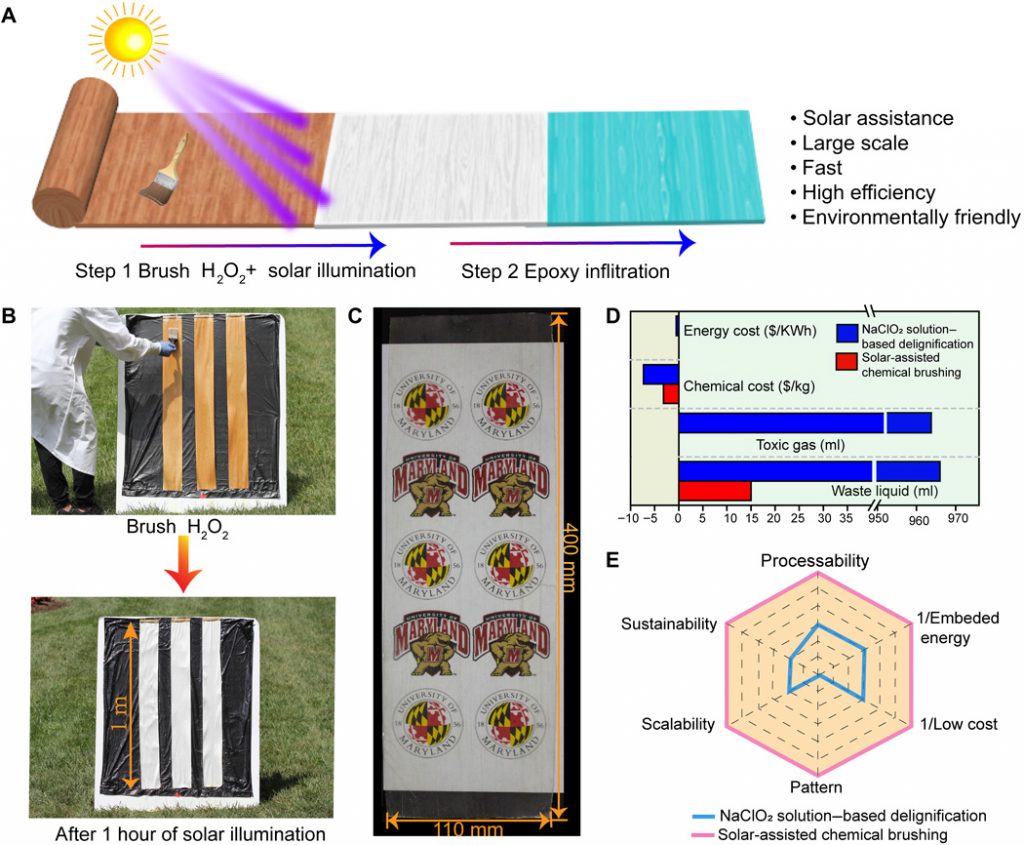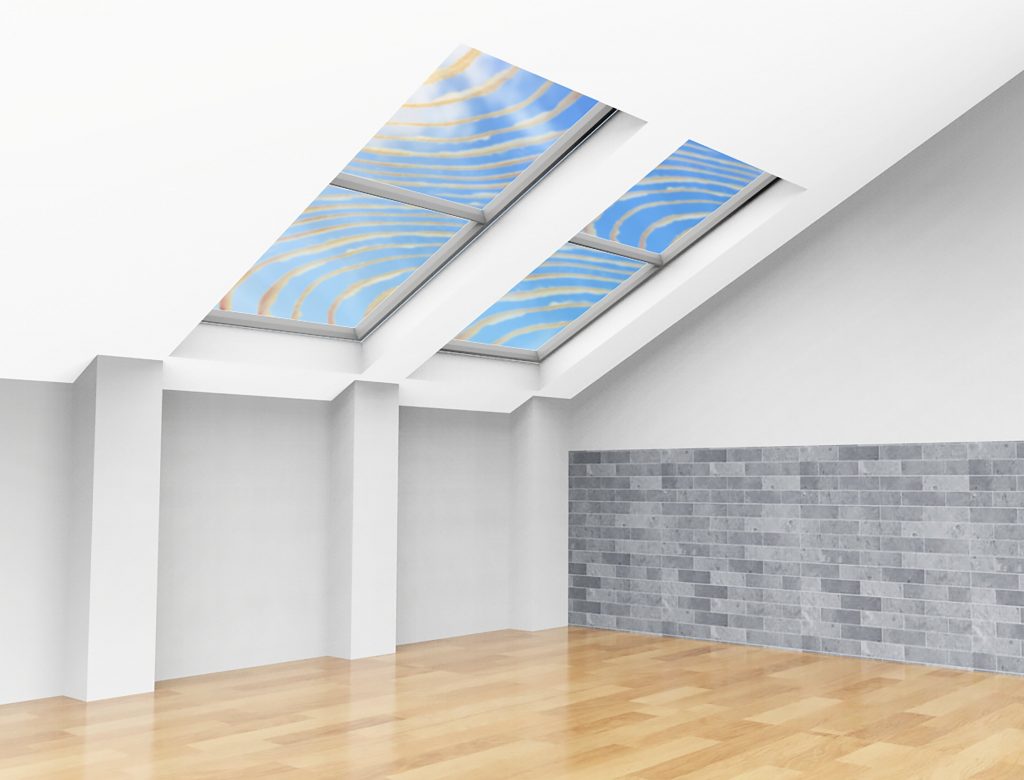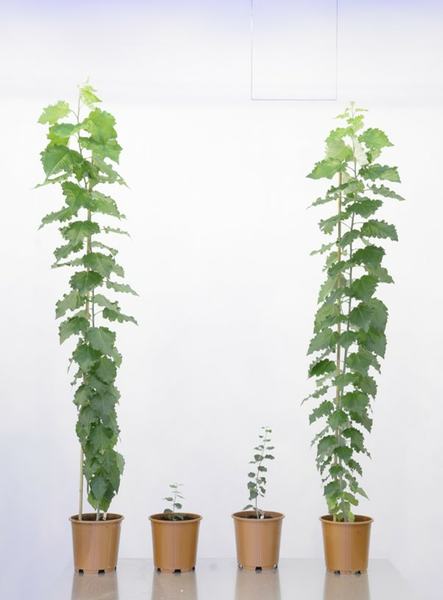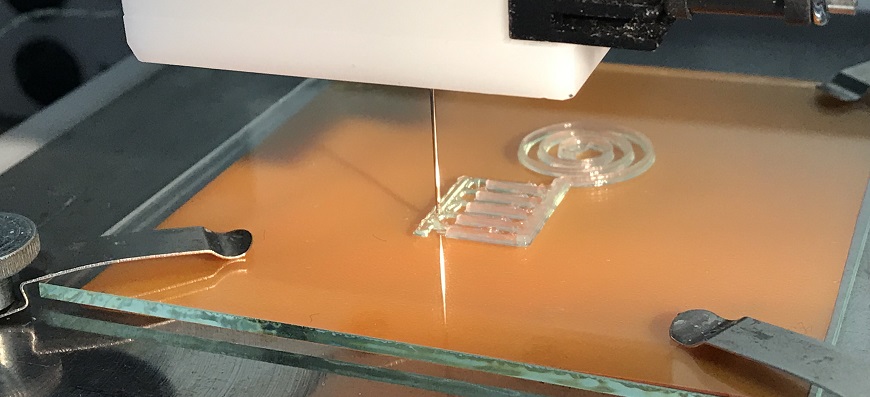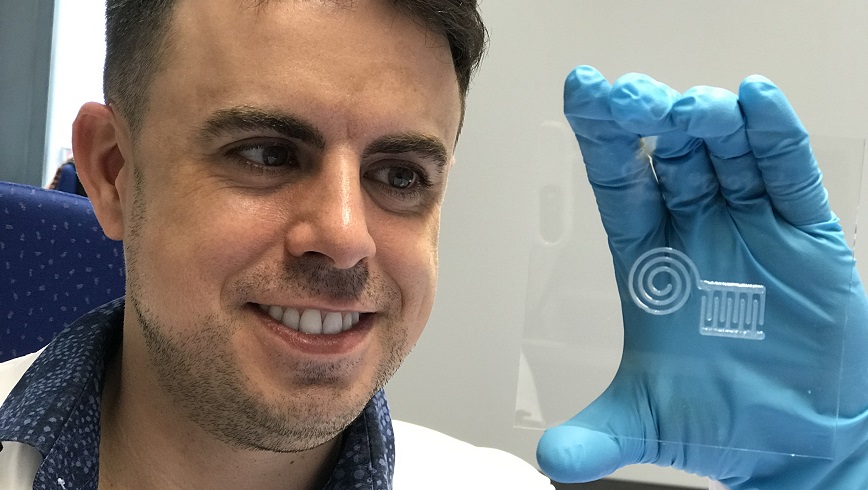I have two bits of news as noted in the headline. There’s news about TRIUMF located on the University of British Columbia (UBC) endowment lands and news about Dr. Suzanne Simard (UBC Forestry) and her memoir, Finding the Mother Tree: Discovering the Wisdom of the Fores.
Nigel Smith and TRIUMF (Canada’s national particle accelerator centre)
As soon as I saw his first name, Nigel, I bet myself he’d be from the UK (more about that later in this posting). This is TRIUMF’s third CEO since I started science blogging in May 2008. When I first started it was called TRIUMF (Canada’s National Laboratory for Particle and Nuclear Physics) but these days it’s TRIUMF (Canada’s national particle accelerator centre).
As for the organization’s latest CEO, here’s more from a TRIUMF February 12, 2021 announcement page ( the text is identical to TRIUMF’s February 12, 2021 press release),
Dr. Nigel Smith, Executive Director of SNOLAB, has been selected to serve as the next Director of TRIUMF.
Succeeding Dr. Jonathan Bagger, who departed TRIUMF in January 2021 to become CEO of the American Physical Society, Dr. Smith’s appointment comes as the result of a highly competitive, six-month international search. Dr. Smith will begin his 5-year term as TRIUMF Director on May 17, 2021.
“I am truly honoured to have been selected as the next Director of TRIUMF”, said Dr. Smith. “I have long been engaged with TRIUMF’s vibrant community and have been really impressed with the excellence of its science, capabilities and people. TRIUMF plays a unique and vital role in Canada’s research ecosystem and I look forward to help continue the legacy of excellence upheld by Dr. Jonathan Bagger and the previous TRIUMF Directors”.
Describing what interested him in the position, Smith spoke to the breadth and impact of TRIUMF’s diverse science programs, stating “TRIUMF has an amazing portfolio of research covering fundamental and applied science that also delivers tangible societal impact through its range of medical and commercialisation initiatives. I am extremely excited to have the opportunity to lead a laboratory with such a broad and world-leading science program.”
“Nigel brings all the necessary skills and background to the role of Director,” said Dr. Digvir Jayas, Interim Director of TRIUMF, Chair of the TRIUMF Board of Management, and Vice-President, Research and International at the University of Manitoba. “As Executive Director of SNOLAB, Dr. Smith is both a renowned researcher and experienced laboratory leader who offers a tremendous track record of success spanning the local, national, and international spheres. The Board of Management is thrilled to bring Nigel’s expertise to TRIUMF so he may help guide the laboratory through many of the exciting developments on the horizon.
Dr. Smith joins TRIUMF at an important period in the laboratory’s history, moving into the second year of our current Five-Year Plan (2020-2025) and preparing to usher in a new era of science and innovation that will include the completion of the Advance Rare Isotope Laboratory (ARIEL) and the Institute for Advanced Medical Isotopes (IAMI) [not to be confused with Amii {Alberta Machine Intelligence Institute}]. This new infrastructure, alongside TRIUMF’s existing facilities and world-class research programs, will solidify Canada’s position as a global leader in both fundamental and applied research.
Dr. Smith expressed his optimism for TRIUMF, saying “I am delighted to have this opportunity, and it will be a pleasure to lead the laboratory through this next exciting phase of our growth and evolution.”
Smith is leaving what is probably one of the more unusual laboratories, at a depth of 2km, SNOLAB is the deepest, cleanest laboratory in the world. (more information either at SNOLAB or its Wikipedia entry.)
Is Smith from the UK? Some clues
I found my subsequent clues on SNOLAB’s ‘bio’ page for Dr. Nigel Smith,
Nigel Smith joined SNOLAB as Director during July 2009. He currently holds a full Professorship at Laurentian University, adjunct Professor status at Queen’s University, and a visiting Professorial chair at Imperial College, London. He received his Bachelor of Science in physics from Leeds University in the U.K. in 1985 and his Ph. D. in astrophysics from Leeds in 1991. He has served as a lecturer at Leeds University, a research associate at Imperial College London, group leader (dark matter) and deputy division head at the STFC Rutherford Appleton Laboratory, before relocating to Canada to oversee the SNOLAB deep underground facility.
The answer would seem to be yes, Nigel James Telfer Smith is originally from the UK.
I don’t know if this is going to be a trend but this is the second ‘Nigel” to lead TRIUMF. (The Nigels are now tied with the Johns and the Alans. Of course, the letter ‘j’ seems the most popular with four names, John, John, Jack, and Jonathan.) Here’s a list of TRIUMF’s previous CEOs (from the TRIUMF Wikipedia entry),
Since its inception, TRIUMF has had eight directors [now nine] overseeing its operations.
The first Nigel (Lockyer) is described as an American in his Wikipedia entry. He was born in Scotland and raised in Canada. However, he has spent the majority of his adult life in the US, other than the five or six years at TRIUMF. So, previous Nigel also started life in the UK.
Good luck to the new Nigel.
UBC forestry professor, Suzanne Simard’s memoir going to the movies?
Given that Simard’s memoir, Finding the Mother Tree: Discovering the Wisdom of the Forest, was published last week on May 4, 2021, this is very heady news,. From a May 12, 2021 article by Cassandra Gill for the Daily Hive (Note: Links have been removed),
Jake Gyllenhaal is bringing the story of a UBC professor to the big screen.
The Oscar nominee’s production company, Nine Stories, is producing a film based on Suzanne Simard’s memoir, Finding the Mother Tree.
Amy Adams is set to play Simard, who is a forest ecology expert renowned for her research on plants and fungi.
Adams is also co-producing the film with Gyllenhaal through her own company, Bond Group Entertainment.
…
The BC native [Simard] developed an interest in trees and the outdoors through her close relationship with her grandfather, who was a horse logger.
Her 30 year career and early life is documented in the memoir, which was released last week on May 4 [2021]. Simard explores how trees have evolved, have memories, and are the foundation of our planet’s ecosystem — along with her own personal experiences with grief.
The scientists’ [sic] influence has had influence in popular culture, notably in James Cameron’s 2009 film Avatar. The giant willow-like “Tree of Souls” was specifically inspired by Simard’s work.
…
No mention of a script and no mention of financing, so, it could be a while before we see the movie on Netflix, Apple+, HBO, or maybe a movie house (if they’re open by then).
I think the script may prove to the more challenging aspect of this project. Here’s the description of Simard’s memoir (from the Finding the Mother Tree webpage on suzannesimard.com)
From the world’s leading forest ecologist who forever changed how people view trees and their connections to one another and to other living things in the forest–a moving, deeply personal journey of discovery.
About the Book
In her first book, Simard brings us into her world, the intimate world of the trees, in which she brilliantly illuminates the fascinating and vital truths – that trees are not simply the source of timber or pulp, but are a complex, interdependent circle of life; that forests are social, cooperative creatures connected through underground networks by which trees communicate their vitality and vulnerabilities with communal lives not that different from our own.
Simard writes – in inspiring, illuminating, and accessible ways – how trees, living side by side for hundreds of years, have evolved, how they perceive one another, learn and adapt their behaviors, recognize neighbors, and remember the past; how they have agency about the future; elicit warnings and mount defenses, compete and cooperate with one another with sophistication, characteristics ascribed to human intelligence, traits that are the essence of civil societies – and at the center of it all, the Mother Trees: the mysterious, powerful forces that connect and sustain the others that surround them.
How does Simard’s process of understanding trees and conceptualizing a ‘mother tree’ get put into a script for a movie that’s not a documentary or an animation?
Movies are moving pictures, yes? How do you introduce movement and action in a script heavily focused on trees, which operate on a timescale that’s vastly different.
It’s an interesting problem and I look forward to seeing how it’s resolved. I wish them good luck.

